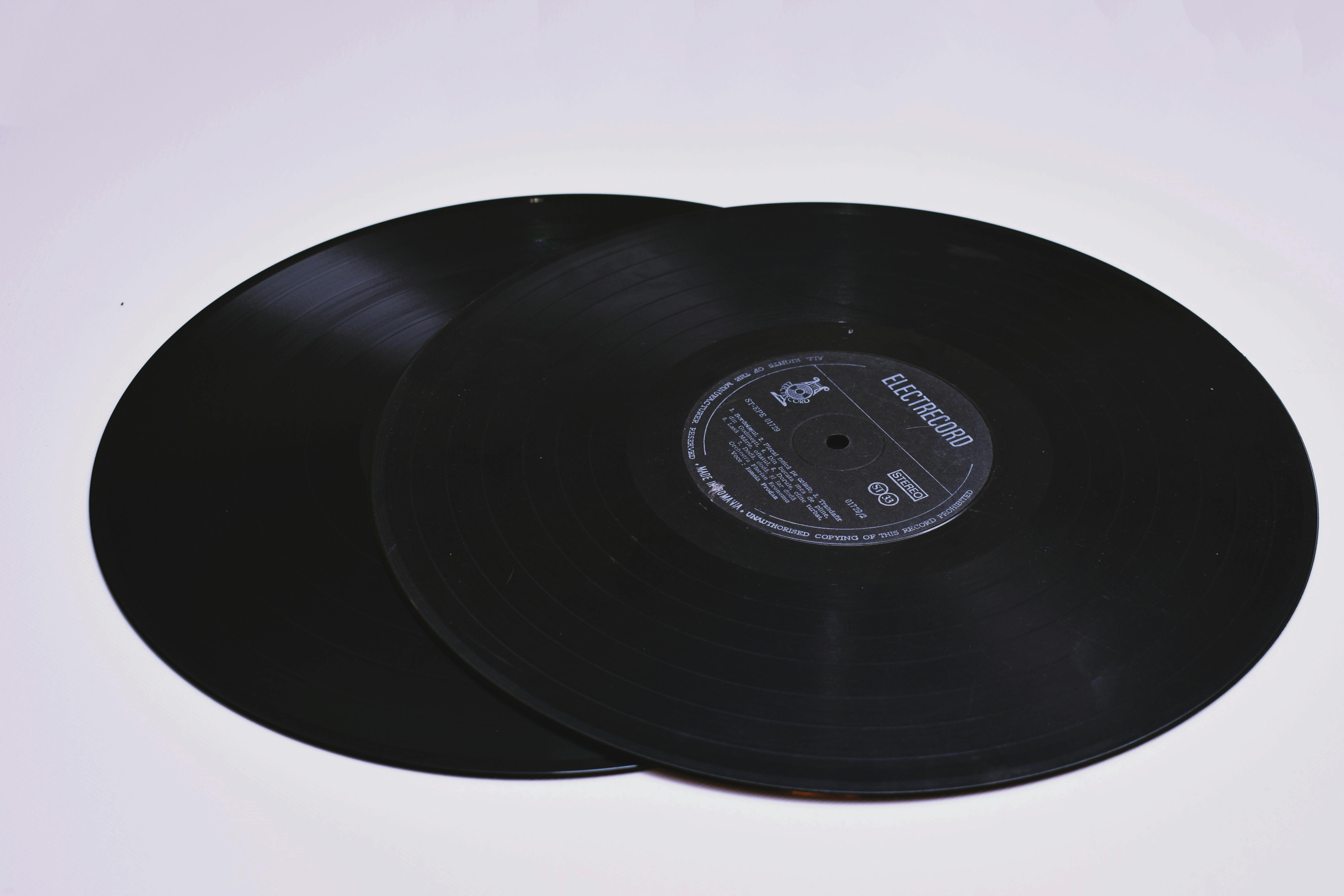Effective Ways to Patch a Hole in the Wall in 2025

Effective Ways to Patch a Hole in the Wall
Patching a hole in the wall may seem daunting, but with the right techniques and tools, it can be accomplished successfully as a DIY project. In 2025, the approach to wall repairs has evolved with advancements in materials and methods, allowing for quicker, more efficient repairs. Wall damage can occur for various reasons—accidental impacts, plumbing issues, or even old age—and knowing how to patch these holes can save you time and money in professional repairs. This article will guide you through effective methods of wall repair, from assessing the damage to finishing touches. Whether you are dealing with small nail holes or larger gouges, our comprehensive guide covers it all.
We'll delve into essential tools for wall repair, perfect patching techniques, and recommendations for paint types to ensure your repairs blend seamlessly with your existing walls. By the end of this article, you will be equipped with the knowledge to tackle any wall damage head-on, enhancing your home’s integrity and aesthetic appeal.
Choosing the Right Tools for Wall Repair
Before embarking on your wall repair project, it's crucial to have the right tools at your disposal. Identifying essential tools can help streamline the repair process. Having a wall repair kit is a great starting point, as it typically contains spackling compound, putty knives, and sandpaper.
Essential Spackling Tools
For effective spackle application, a set of putty knives with various sizes will provide versatility for different hole sizes. These tools allow for smooth application and layering techniques, ensuring a clean finish. Additionally, having lightweight spackle is beneficial for small repairs, while heavier-duty patches can be useful for larger holes. It’s advisable to consider purchasing both types for a range of projects.
Surface Preparation Supplies
Preparing the surface properly is key to successful hole patching. This includes having a quality sanding block or sandpaper specifically designed for walls. Always remember to patch clean surfaces; dirt or grease can compromise the adhesive quality of spackle. A damp cloth or sponge can assist in cleaning the area before you begin repairs, facilitating better adhesion and ensuring your patch lasts.
Understanding Different Patching Techniques
Once you've selected your tools, it’s time to understand the various hole patching techniques. Whether the hole is small or large, the technique will vary accordingly and can greatly impact the integrity of the repair.
Filling Small Holes
For small holes, such as those left by nails or screws, the process is relatively simple. Begin by cleaning the area, then apply lightweight spackle directly into the hole using your putty knife. Be sure to overfill slightly, as spackle shrinks as it dries. After allowing the spackle to dry fully, usually taking about an hour or so, lightly sand the area until smooth. This will prepare the surface for paint.
Repairing Large Holes
Repairing larger holes requires more consideration. Start by assessing the damage; if the edges of the hole are ragged, you may need to cut a patch of drywall to create a smooth surface. Secure the new patch with wall anchors, and then tape the seams with drywall tape before applying plaster or a patching compound. This method enhances wall integrity and provides a solid base for finishing touches.
Water Damage Repair Techniques
For walls affected by moisture, using moisture-resistant patches is vital. Begin by eliminating any source of moisture before starting repairs. Clean the area thoroughly and allow it to dry completely. When applying spackle, consider using a waterproofing primer before finishing with paint. This is essential to prevent future water damage and to maintain the wall’s appearance.
Applying Finishing Touches to Your Repair
Finishing touches are crucial for achieving a seamless look. Once the patch has dried and has been sanded smooth, it’s time to consider texturing and painting your wall.
Texturing Techniques
Matching the existing wall texture can be one of the more challenging aspects of wall repair. Whether your wall features a knockdown, slap brush, or smooth finish, select a method appropriate to your wall type. For example, light misting of water on the patch area can help blend textures before painting or using textured paint can disguise the repair effectively.
Choosing the Right Paint
When it comes to painting over repairs, selecting an appropriate paint type ensures uniformity. If you're unsure about color matching, it’s beneficial to take a sample of your existing paint to a local hardware store for testing. This ensures that your repairs won’t stand out post-painting. Additionally, applying a primer can enhance coverage and color accuracy.
Avoiding Common Patching Mistakes
Patching a hole in the wall can be straightforward, but there are common mistakes that many DIYers make. Awareness of these can improve your repair outcome significantly.
Importance of Layering Techniques
One common mistake is applying too much spackle at once. Instead, applying thin layers will help prevent cracking and shrinkage as it dries. Each layer should be allowed to dry thoroughly before applying the next, effectively building strength without compromising aesthetics.
Assessing Wall Damage Properly
Improper assessment of the damage can lead to inadequate repairs. Identifying wall types, such as plaster versus drywall, and knowing their specific repair requirements ensures that you use the right materials and techniques. Understanding how to patch drywall joints or assess when a structural issue exists is crucial in maintaining wall integrity.
DIY Wall Repair: Maintaining Home Integrity
Once you've mastered patching walls, maintaining the integrity of your home involves regular inspections and proactive repairs. Keeping an eye on common wall injuries and staying ahead of minor damages can save you time in the long run.
Regular Maintenance Checks
Timely inspections can help identify issues before they worsen. Schedule quarterly maintenance checks for your walls and document any repairs needed. Addressing damages promptly prevents minor issues from escalating into full-blown repair projects.
Documenting Repair Projects
Taking before-and-after photos during repair projects allows you to track your improvements and learn from past mistakes. It also aids you in developing your DIY skills over time and provides visual references for similar projects in the future.


Q&A: Common Questions About Patching Holes in Walls
Q1: What types of materials are best for patching drywall?
A: Lightweight spackle is ideal for small holes, while heavier-duty compounds are suitable for larger repairs. Moisture-resistant patches are best for water-damaged areas.
Q2: How long does spackle take to dry?
A: Generally, spackle takes about 1-2 hours to dry, but it’s important to check the manufacturer's instructions for specific drying times based on the product used.
Q3: Can I paint directly over spackle?
A: It’s recommended to apply a primer over the patched area first. This ensures better adhesion and helps match the existing wall color.
Q4: How can I prevent future wall damage?
A: Regular wall maintenance and inspections can help identify potential issues early. Additionally, using proper wall protection methods during home activities can prevent damage.
Q5: Are there any safety concerns when repairing walls?
A: Always wear a dust mask and safety glasses when sanding or cutting drywall. Ensure good ventilation if using strong adhesives or paints.